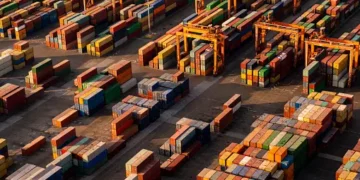The COVID-19 pandemic and the US-China trade war prompted discussions about diversifying supply chains and reducing dependency on China. While some companies adopted strategies like “China plus one” to hedge their risks, China’s dominance in global manufacturing continued.
Several factors contribute to China’s resilience as a global manufacturing hub. China boasts a rapidly growing domestic market and a vast consumer base that global investors find hard to ignore. Shifting companies across borders during a period of financial strain is unlikely, and the mature overseas trade infrastructure in China offers efficiency and reliability. China’s stable political climate and skilled workforce further attract investors.
It’s anticipated that China may see a gradual decline in low-end production activities while expanding its export market share in high-end sectors. The Belt and Road initiative underscores its focus on energy, mining, and infrastructure development. Efforts like the “Economic Prosperity Network” and the Supply Chain Resilience Initiative (SCRI) aim to move supply chains out of China but face challenges, and the success of these initiatives remains uncertain.
In conclusion, China’s position as a global economic superpower has been solidified through trade deals like the Regional Comprehensive Economic Partnership (RCEP). As the world continues to grapple with the pandemic, global supply chains appear to remain firmly in favor of China.
Stay current with supply chain report news at The Supply Chain Report. For international trade tools, see ADAMftd.com.
#GlobalSupplyChain #ChinaManufacturing #BeltAndRoad #USChinaTradeWar #SupplyChainResilience #EconomicProsperityNetwork #RCEP #ChinaPlusOne #TradeInfrastructure #GlobalTrade #HighEndManufacturing #ChinaSupplyChains

















